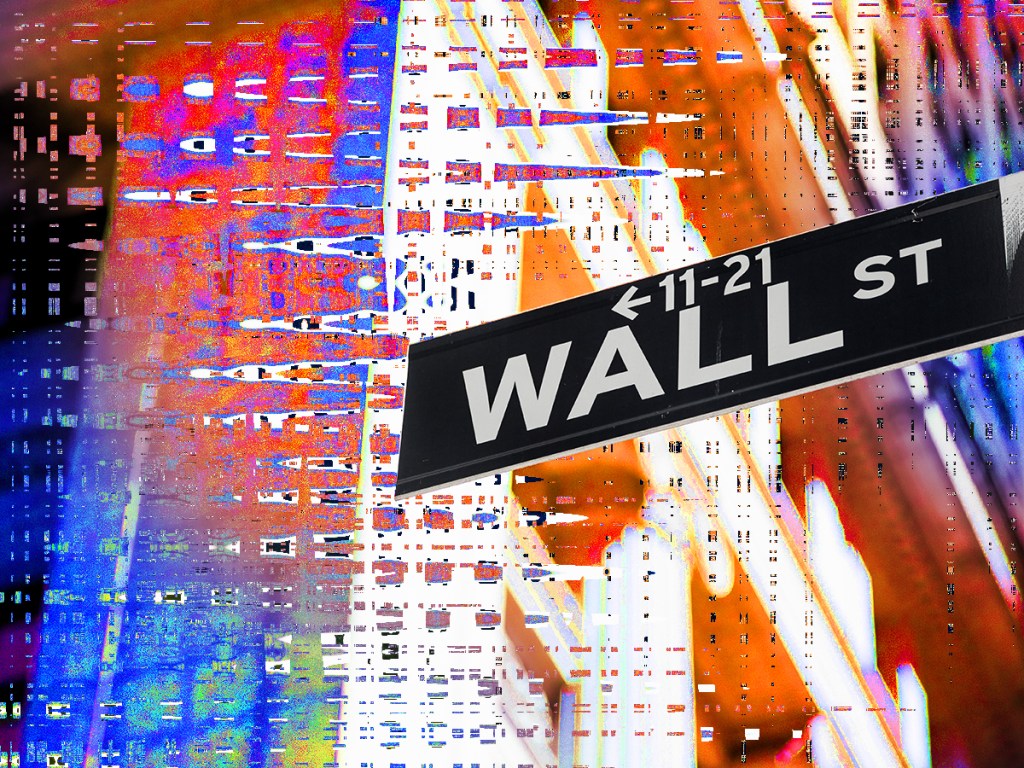Blockchain payments: The head of a leading crypto custody and settlement platform Fireblocks has said the industry needs to move away from outdated models of banking after Mastercard and Visa’s recent announcements that crypto partnerships will be put on hold.
In a recent report from Reuters, the payment companies shared they were “slamm[ing] the breaks” on crypto partnerships following a renewed crackdown on cryptocurrency firms in the United States that has thrown a fire blanket on the adoption of blockchain technology.
Following the report, Visa’s Head of Crypto quickly hit back with a conflicting message that the company will still continue to partner with crypto providers to facilitate payments. Crypto payment providers have since raised concerns around pausing progression in settlement infrastructure.
In conversation with The Chainsaw, Stephen Richardson, Head of APAC at crypto firm Fireblocks, shared the need to look beyond crypto as a tool for speculative financial markets towards the need to update traditional banking rendering international payments an expensive and arduous task for every day people.
“Today, cross-border payments are slow, inefficient and costly, with the transfer of money between countries dependent on an archaic network of corresponding banks.”
Stephen Richardson
Blockchain payments: World Bank
According to recent data from the World Bank, today’s average cross-border payments — also known as remittances — typically cost somewhere in the region of 6% of the total transfer value, with digital channels accounting for less than 1% of total transaction volume.
At present, older banking systems like the SWIFT network and third party fiat-based payment providers like Wise and World Remit still charge hefty fees for everyday people looking to transfer money between countries.
Last year, the total volume of international remittance payments grew by around 5% to a total of US$626 billion.
Richardson says that to address these issues, “central banks around the world have already begun to adopt digital assets, and more than 20 countries this year are expected to take significant steps toward the development and piloting of their own central bank digital currencies.”
He also points to developments at home here in Australia, making special mention of the fact that Australia’s fourth-largest bank, ANZ, has now executed it’s first-ever Australian-bank-issued Australian dollar stablecoin (A$DC) payment, further removing investors reliance on unbacked private coins. More recently, Australia’s third largest bank NAB, introduced its own ‘AUDN’ stablecoin on January 19 this year.
“Both CBDCs (central bank digital currencies) and commercial bank-minted coins will have their own roles to play in the financial system, with financial institutions being able to use the latter for specific use cases via smart contracts,” Richardson said.

Money transfer
He adds that while individual people looking to transfer money overseas stand to benefit greatly from the furthering of blockchain-based payment systems, businesses will feel flow on effects as well.
“These transparent and trackable payments reduce cross-border settlement times by up to 99.8% and fees by 93%, making it one of the most obvious and tangible use cases that will see traction in the new year,” Richardson adds.
While he admits that the technology is still very much in its infancy, a continued effort from regulators and investors will see the technology come to fruition in the long run.
“Ultimately, their successful implementation will depend on investment, regulation and adoption, though this will likely take a few years to unfold,” Richardson concluded.

Blockchain payments come with concerns
While blockchain-based payment networks stand to offer everyday people some real benefit in terms of cost-savings, not everyone is as pleased about the rise of government-backed cryptocurrencies as Richardson.
Liam Hennessey, a partner at Gadens law firm spoke with The Chainsaw about some of the potential downsides of that come along with government-controlled blockchain-based currencies which fall under the broad term: CBDC.
“When you’re dealing with CBDCs, it’s not decentralised, like ‘pure crypto’, so you’re simply not going to have the same level of privacy,” Hennessey said.
“Unlike decentralised blockchains, you won’t be able to transact on an anonymous basis, and it brings with it the issue of programmable money.”
To illustrate the difference between a central bank digital currency and a piece of traditional currency like a bank note or a coin. Once cash has been given to you, the government can’t tell you how to spend them, but a CBDC may afford governments the ability to ‘program’ that money and bar you from spending it on certain goods.
Hennessey, who is currently working with government regulators on the pilot program of Australia’s own CBDC is quick to caution that this is not something that’s actually happening as of today, but still presents an interesting cause for concern in the future.
“This is very much not in Australian model right now, I don’t want to freak people out. But to what extent in the future will governments issue programmable CBDCs? And what will start happening if governments say that they can be used only for certain things?”





